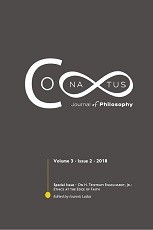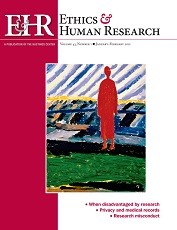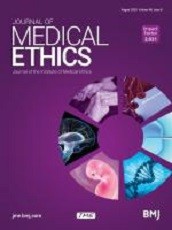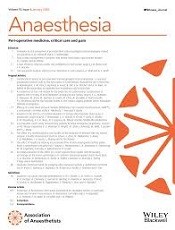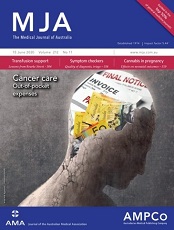Jed W Atkins
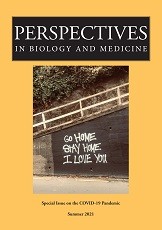
Abstract
In his work on medical ethics, Lauris Kaldjian identifies conscience with integrity. However, there are competing notions of integrity that may guide the conscience. This paper addresses debates over conscientious refusals by considering Cicero’s account of integrity, a conception previously not discussed in the context of this debate. Cicero offers a framework for understanding integrity and conscience for the physician that is an alternative to Alasdair MacIntyre’s notion of the completely unified life, an idea appropriated by Kaldjian in his argument that there can be no clean distinction between personal, private, practical reasoning and moral decision-making. Cicero’s account rejects the modern-individualist idea of the autonomous self living a wholly compartmentalized life. It agrees with Kaldjian’s stress on flexible decision- making, the internal morality of medicine, the importance of virtues, and the need to accommodate pluralism. However, Ciceronian integrity is better suited than the MacIntyreian account to our present liberal order. It offers a place for the “moral hero” while recognizing that the vast majority of moral agents will be “progressors” who lack the consistency of the moral hero’s fully integrated life. The inclusion of both types of individuals in the medical field may offset the potentially harmful tendencies to which each is prone.
Atkins JW. Integrity and conscience in medical ethics: A Ciceronian perspective. Perspect Biol Med. 2019;62(3):470-488.
